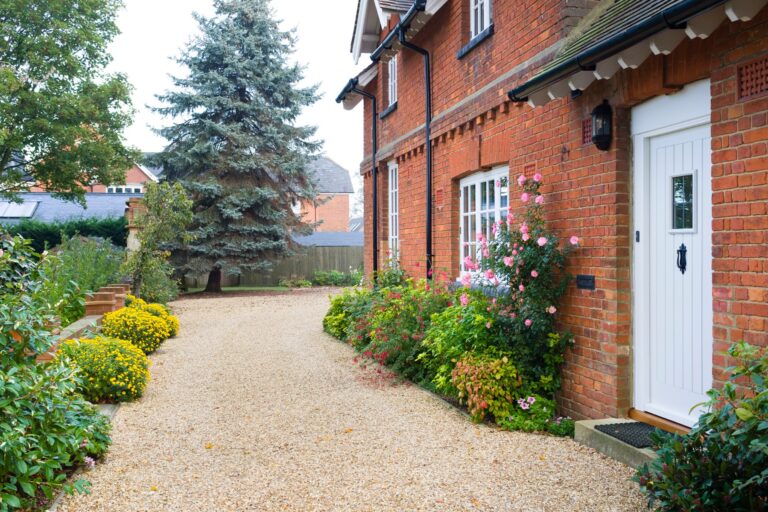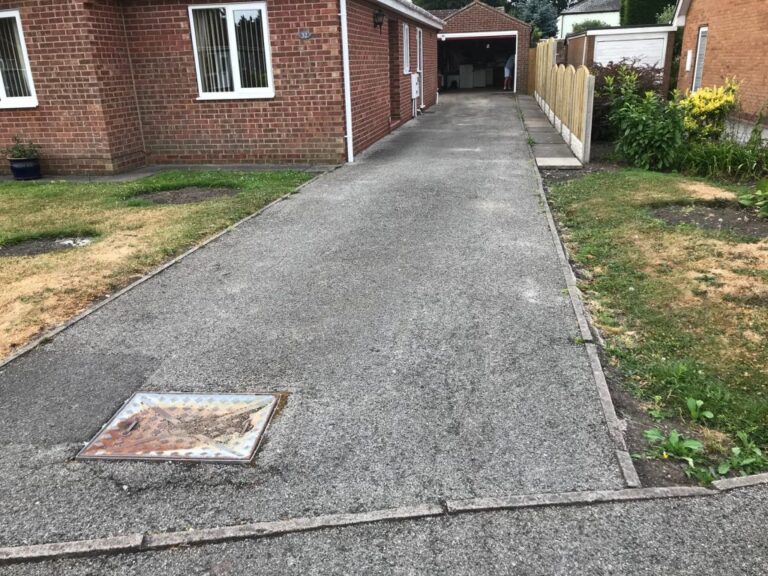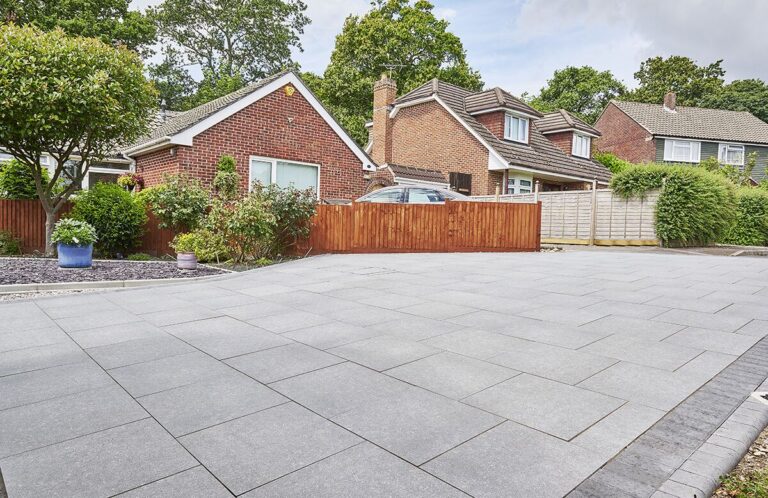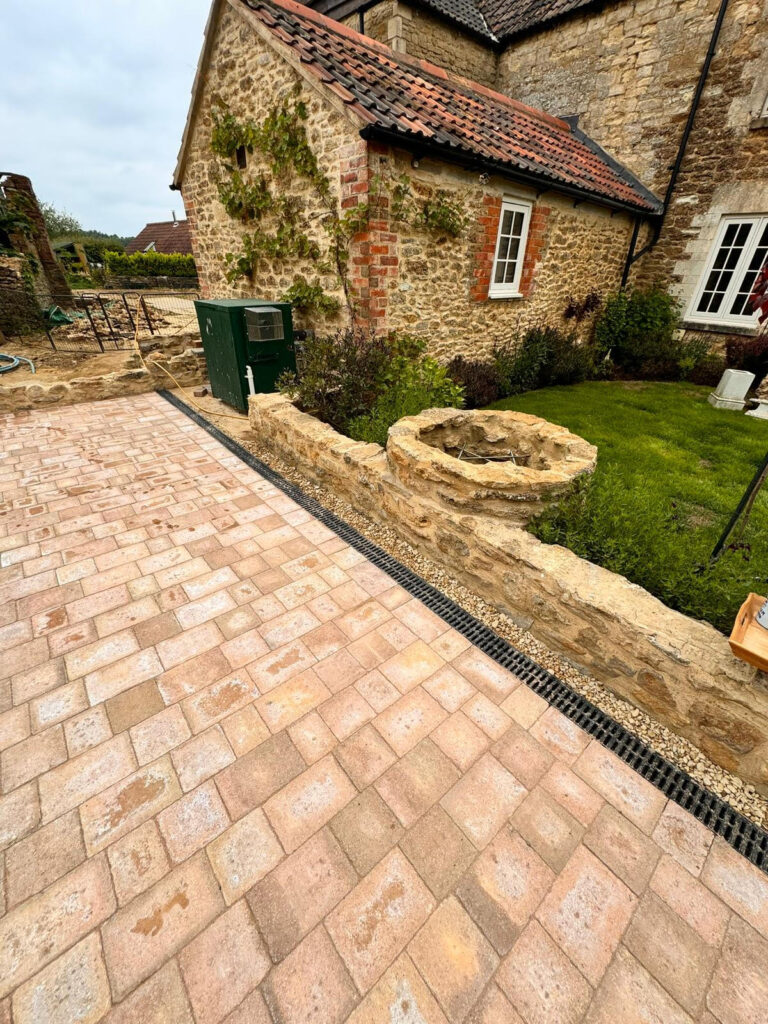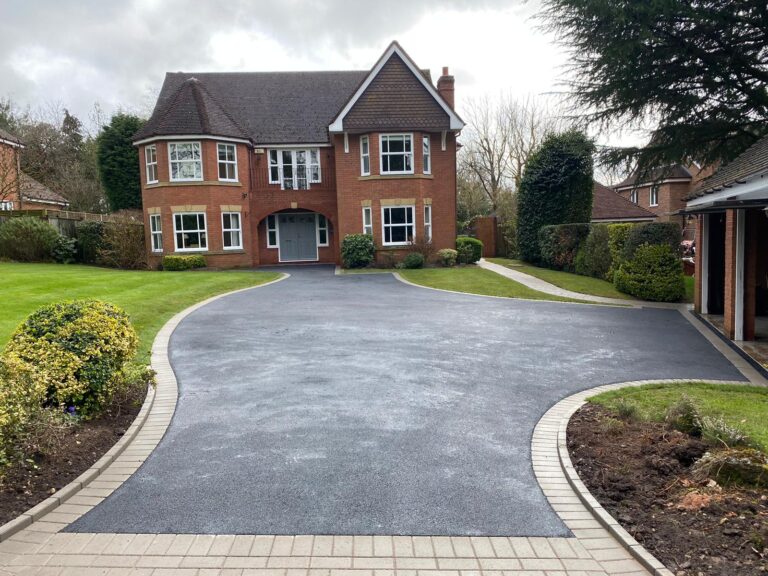Installing a new driveway can transform the look and functionality of your home, but it’s a significant investment that requires careful consideration.
Whether you’re upgrading an old driveway or installing one from scratch, there are several important factors to keep in mind to ensure the project is successful, meets your needs, and stays within budget.
Below are five key things to consider before you start installing a new driveway.
1. Budget
Your budget will be one of the most important factors in determining the material and design of your new driveway.
There are a variety of materials available, each with different costs associated with installation, maintenance, and longevity.
For example, a basic tarmac driveway will typically be less expensive than options such as block paving, resin, or natural stone.
However, while cheaper materials may be tempting, it’s important to consider their long-term durability and maintenance costs.
Some materials, like gravel, may require more upkeep and could end up costing more over time if they need frequent replenishment.
In addition to the material cost, make sure to account for the cost of installation, which will vary depending on the complexity of the job and the contractor you hire.
It’s always advisable to get a few quotes from different companies to ensure you’re getting the best value for your money.
Remember to include potential extra costs, such as excavation, removal of old driveway material, and landscaping.
2. Space and Design
Before you proceed with installation, it’s essential to assess the available space on your property and determine what kind of driveway design would best suit your needs.
Driveways come in a variety of shapes and sizes, and some designs may work better than others based on your space, whether you have a long, narrow driveway or a wider, more expansive area.
For example, a straight driveway may be the most straightforward choice for a smaller property, while a curved driveway could work well for larger homes with more space.
Think about how much room you need for parking. If you have multiple vehicles or need room for turning, a larger driveway or additional features like a turning circle may be necessary.
Consider also how the design will complement the overall look of your home. Choose a material that enhances your property’s curb appeal and works well with the architecture.
For instance, block paving can provide a more traditional or contemporary look depending on the style of your home.
3. Drainage
Proper drainage is crucial when installing a new driveway. Without it, water can accumulate on the surface, leading to flooding, cracks, and erosion over time.
An ineffective drainage system can cause significant damage to your driveway, especially in the UK, where heavy rainfall is common.
Before installation, ensure that your contractor plans for adequate drainage, especially if you’re opting for a non-permeable surface like tarmac or block paving.
This may involve creating a slope to direct water away from your driveway and installing drainage channels or soakaways.
If you choose a permeable surface, such as gravel or resin-bound paving, water will naturally drain through the material, reducing the need for additional drainage solutions.
However, it’s still important to make sure the base is well-prepared to prevent standing water.
4. Legal Requirements and Planning Permission
In the UK, you may need planning permission to install or alter your driveway, especially if it involves creating a new access point or altering the layout.
For example, if you’re planning to replace a front garden with a driveway, you may need to check whether the work will block any drainage systems or impact the street’s aesthetic.
Local councils may also have restrictions on materials or design elements that could affect the street’s overall appearance.
You will also need to ensure that your driveway complies with regulations concerning drainage, especially if your new surface is impermeable.
In some cases, you may be required to install a drainage system to prevent surface water from running onto public pavements or roads.
It’s always advisable to check with your local council to confirm whether planning permission is required.
5. Maintenance and Longevity
Finally, consider how much maintenance your chosen driveway material will require over time.
While some materials like tarmac are relatively low-maintenance, others, such as block paving or gravel, may require regular upkeep to keep them looking their best.
For instance, block paving may need occasional re-sanding of the joints to prevent weed growth, while gravel may require periodic topping up to maintain its appearance.
Additionally, it’s important to consider the longevity of the material.
Some driveways, such as those made from resin or natural stone, can last for decades with minimal upkeep, while others may deteriorate more quickly.
Factor in both the upfront cost and the long-term maintenance when choosing a material.
Installing a new driveway is a big decision, but with the right planning and consideration, it can add significant value and functionality to your home.
By considering your budget, available space, drainage needs, legal requirements, and the long-term maintenance of your chosen material, you can ensure that your new driveway will meet your needs for years to come.
Be sure to consult with a professional to help guide you through the process and choose the best option for your property.



